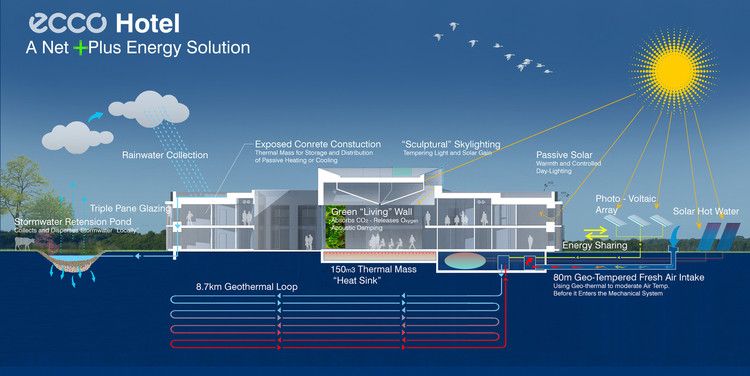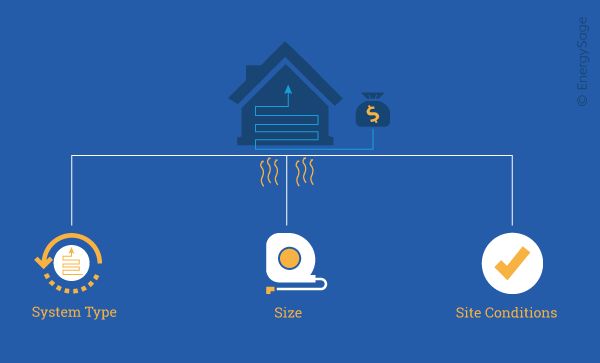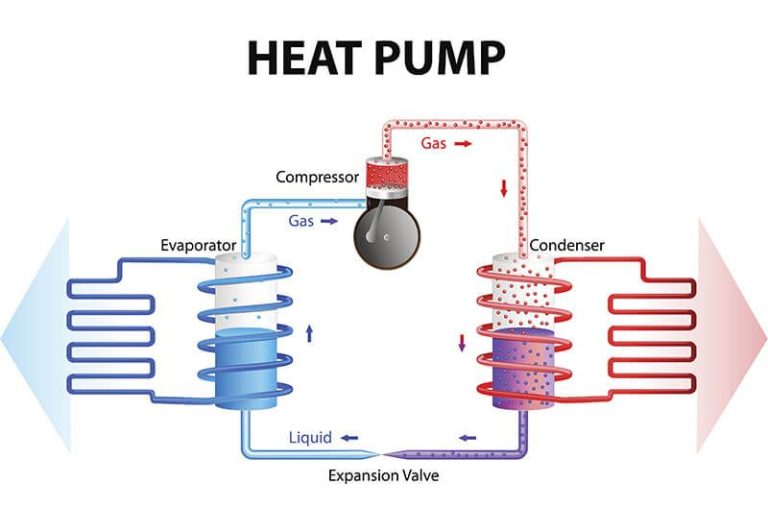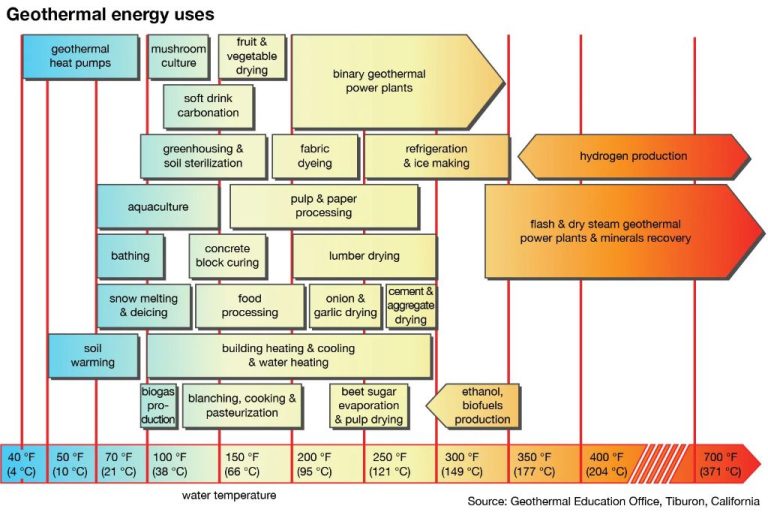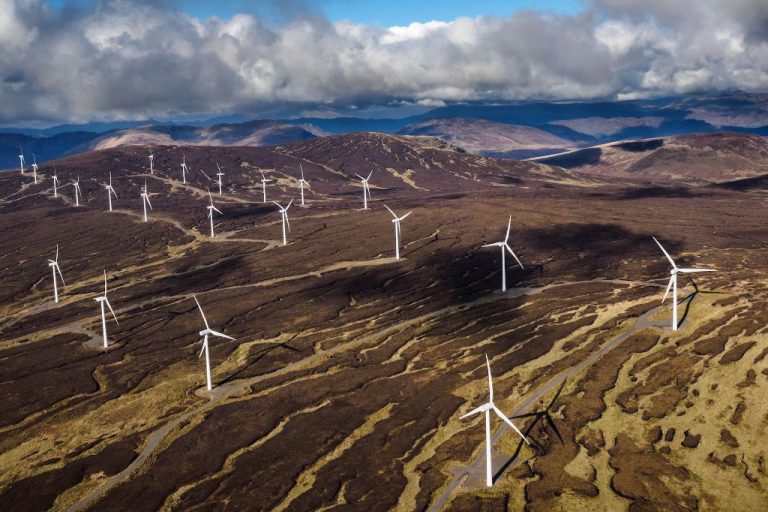What Is One Reason Why Geothermal Power Is More Reliable Than Wind Power?
Geothermal and wind power are two renewable energy sources that are growing in popularity. Both provide clean alternatives to fossil fuels but differ in how they generate electricity.
Geothermal power utilizes heat from the earth’s core to produce steam that spins turbines connected to power generators. Wind power harnesses the kinetic energy of wind to turn large wind turbine blades that also spin generators.
While wind and geothermal energy have their advantages, one key difference between them is reliability. Geothermal tends to provide consistent, steady power generation compared to the more variable output of wind turbines.
Geothermal Power Basics
Geothermal power is electricity generated from heat stored in the Earth (1). To produce geothermal power, wells are drilled into underground reservoirs to pump hot water or steam to the surface. The steam rotates turbines that activate generators, which convert the mechanical energy into electrical energy (2).
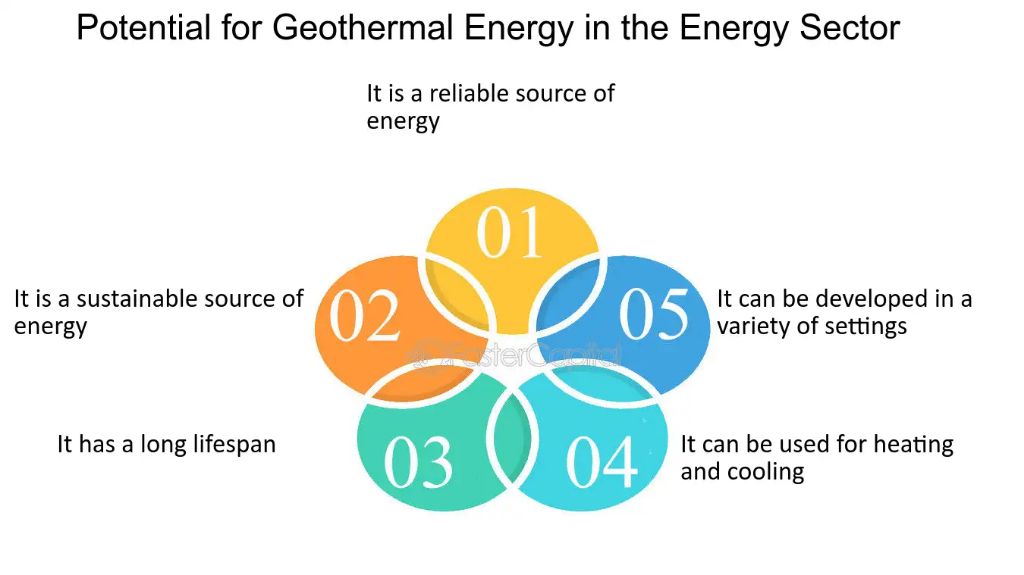
There are three types of geothermal power plants (2):
- Dry steam plants use steam from a geothermal reservoir to directly rotate the turbines.
- Flash plants take high-pressure hot water from deep inside the earth and convert it to steam to drive the turbines.
- Binary cycle plants transfer the internal heat from geothermal fluids to another liquid which has a much lower boiling point. The vapor from this second liquid rotates the turbines.
The geothermal reservoirs used for power production are commonly found along tectonic plate boundaries where volcanic activity occurs. Drilling geothermal wells does not generate greenhouse gas emissions because the heat and water are already present underground (1).
(1) https://www.energy.gov/eere/geothermal/electricity-generation
(2) https://www.nrel.gov/research/re-geo-elec-production.html
Wind Power Basics
Wind power refers to the process of using wind turbines to generate electricity. Wind turbines convert the kinetic energy in wind into mechanical power which then turns an electrical generator. The wind flows over the turbine’s blades like air flowing over an airplane wing. This causes the blades to lift and rotate. The rotor connects to the main shaft, which spins a generator to create electricity (Energy.gov, 2022).
Modern wind turbines have three propeller-like blades, which face into the wind. The wind turns the blades around a rotor, which spins a generator to create electricity. The taller the tower, the more wind power available. As wind speed increases power output increases exponentially. Most turbines produce electricity at wind speeds between 13 to 56 mph, with maximum output at around 30 mph (Nationalgrid.com, 2023).
Geothermal Power Reliability
One of the main benefits of geothermal power is its reliability. Unlike wind and solar power which depend on the weather, geothermal power plants can operate 24 hours a day, 7 days a week regardless of environmental conditions. This is because geothermal energy comes from the natural heat inside the earth, which provides a constant source of heat for geothermal power plants (Enbridge).
Geothermal plants have capacity factors over 90%, meaning they can generate close to their maximum output at all times. This sets them apart from intermittent renewable sources like wind and solar that may only generate power 10-40% of the time. The constant availability of geothermal power means it can provide base load electricity generation that is crucial for grid reliability (DOE). Overall, the ability of geothermal plants to operate consistently around the clock makes them a more reliable energy option than wind power which fluctuates based on weather conditions.
Wind Power Reliability
Wind power’s reliability is dependent on the availability of wind. Since wind energy relies on the natural weather patterns and cannot be controlled, wind power is considered an intermittent energy source (NREL, 2022). The wind turbines only generate electricity when the wind is blowing within their operational range, which can fluctuate throughout the day and seasonally. During periods of calm winds or very high wind speeds that exceed the turbine’s cut-out limit, no power is generated.
According to the National Renewable Energy Laboratory (NREL), the amount of energy generated by a wind turbine or wind plant is highly variable and difficult to predict. This intermittency can make wind power more challenging to integrate into the electrical grid compared to more consistent power sources.
Overall, while wind power is renewable and clean, its reliance on variable wind patterns makes it less reliable than other sources like geothermal (Orsted, 2022).
Direct Comparison
One of the key advantages of geothermal power over wind power is that it provides consistent baseload power, while wind power can be highly intermittent. Geothermal plants have capacity factors of 90-99%, meaning they can generate electricity at near full capacity almost all the time (Source). In contrast, wind power plants have capacity factors around 35-45% as they are dependent on windy conditions to generate electricity (Source).
The intermittency of wind power means its generation can fluctuate widely, sometimes going to near zero output when wind conditions are poor. This intermittency makes it challenging to integrate large amounts of wind power into the grid. Geothermal’s consistent output avoids these integration challenges and provides a reliable baseload source. The high capacity factors and constant availability are a key advantage geothermal has over intermittent renewables like wind and solar.
Capacity Factors
Capacity factor is an important metric that measures how much energy a power plant actually produces compared to its maximum possible output. Geothermal power plants have much higher average capacity factors than wind power plants.
According to the U.S. Energy Information Administration, the average capacity factor for geothermal power in the United States is 74.5%, compared to only 34.8% for wind power. Source. This means geothermal plants produce close to their full potential output most of the time, while wind plants often generate significantly less than their rated capacity.
The intermittent nature of wind causes capacity factors to vary. Onshore wind capacity factors range from 25-40%, while offshore wind is slightly higher at 30-45%. Capacity factors also differ across regions. In contrast, geothermal capacity factors see minimal fluctuation as the geothermal resource is always available.
The higher capacity factors make geothermal a much more reliable and consistent renewable power source compared to wind power.
Energy Storage
One key advantage of geothermal power over wind power is that it does not require energy storage solutions in the same way. As the World Economic Forum explains, geothermal systems can store excess renewable energy as thermal energy underground. This provides a natural storage solution. In contrast, wind power relies on batteries or other storage mechanisms to capture excess electricity generated at peak production times for use when the wind is not blowing.
According to IEEE Spectrum, geothermal systems are well-suited for renewable energy storage because they can cost-effectively store large amounts of energy in hot rocks deep underground for long periods. The heat can then be extracted to generate electricity on demand. With wind power, expensive battery systems are required to store electricity when wind production is high for later use.
As NREL research shows, stored geothermal energy has the potential to produce heat and electricity as needed, providing a more stable baseload power source than intermittent wind power that relies heavily on storage solutions.
Grid Stability
Geothermal power plants provide consistent base load power and help stabilize the electrical grid. This is because geothermal plants are not intermittent sources like wind and solar. Geothermal plants can operate at capacity factors of 90-95%, meaning they generate about 90-95% of their maximum output on average over time (1).
In contrast, wind power has a capacity factor around 35-45% on land and higher offshore (2). This means wind turbines only generate electricity when the wind is blowing within a certain speed range. Wind power varies based on weather conditions and the intermittent nature of wind.
The constant supply of geothermal power helps offset variability from renewable sources like wind and solar. Adding more intermittent renewables to the grid can destabilize grid frequency and voltage if not balanced with flexible baseload power like geothermal (3). Geothermal’s stability allows more renewables to be integrated without compromising reliability.
(1) https://www.nrel.gov/geothermal/grid-integration.html
(2) https://www.energy.gov/eere/wind/articles/wind-turbines-can-stabilize-grid
(3) https://energy5.com/wind-energy-and-geothermal-solutions-synergistic-approaches-to-renewable-power/
Conclusion
In summary, geothermal power is more reliable than wind power for several key reasons:
Geothermal plants have capacity factors of 90-99%, meaning they can generate near full power almost continuously, whereas wind power has a capacity factor around 35%. Geothermal does not rely on variable weather conditions.
Geothermal can provide consistent baseload power to the grid, while wind varies based on intermittent wind patterns. The constant supply from geothermal improves grid stability.
Geothermal plants have very high availability (95-99%), as they require less maintenance downtime than wind turbines. Geothermal resources are always available, unlike wind.
Geothermal can store energy thermally for hours or days, whereas wind would require separate energy storage systems to provide power when wind is not available.
In conclusion, geothermal’s high capacity factor, baseload capabilities, high availability, and inherent energy storage make it a more reliable renewable power source compared to intermittent wind power.

